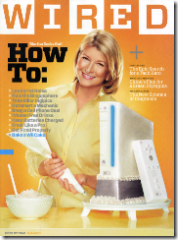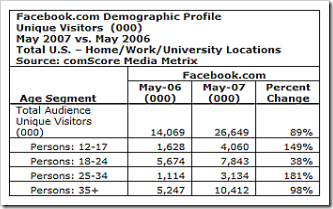 From a customer's perspective, this is a hot offer. Open a Key Bank free checking account. Make two automated deposits of $100 or more and take home an Apple iPod nano worth $150. The only downside, the tax bill next April for the $150 in implied interest.
From a customer's perspective, this is a hot offer. Open a Key Bank free checking account. Make two automated deposits of $100 or more and take home an Apple iPod nano worth $150. The only downside, the tax bill next April for the $150 in implied interest.
I can't vouch for the ROI of a giving a $150 premium for a free checking account, but Key Bank has run thousands of marketing campaigns, and I trust their spreadsheets say this will pencil out. And they are not the first to give it a try. Citibank aggressively handed out iPod Minis with new checking accounts several years ago. North of the border, TD Canada Trust is also using the must-have music player in its promotion running through 7 August, handing out an iPod shuffle for a new checking account, an iPod nano for new checking plus a credit card, or full 30 GB version for all of the above and $5,000 in savings (see landing page below).
I'm not crazy about the TD ad, but it's hard to miss with the huge FREE IPOD next to the in-your-face picture. However, Key seems to be missing the mark. The bank succeeds in taking one of the most-sought-after gadgets in the past 20 years and making in nearly invisible on the page, rendering the device in grayscale and using red text that blends into the other red accents of the homepage. Compare that to the graphic above from Apple's store. Why not show one of the brighter colors to grab attention? Or use an animation to show all the colors. Yes, I know the non-silver versions have twice the capacity (4 GB instead of 2 GB) and cost $50 extra at retail, but that could be handled with an optional upgrade option, either for a nominal fee, or with additional services ala TD Canada Trust.
Key Bank homepage with iPod offer (July 23, 2007)
Key Bank iPod offer landing page (July 23, 2007)
TD Canada Trust homepage with iPod offer (July 24, 2007)
TD Canada Trust iPod offer landing page (July 24, 2007)






























